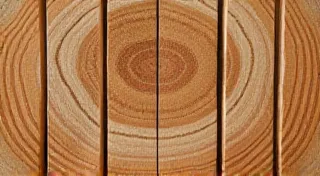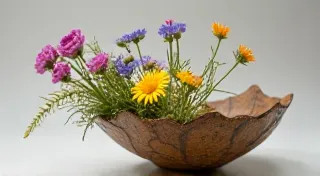The Weight of Legacy: Preserving Penknife Whittling Traditions
There's a particular scent associated with antique accordions, isn't there? A blend of aged wood, aged leather, and the faintest whisper of past melodies. It’s a scent that speaks of gatherings, of traveling musicians, of lives richly lived and shared. And that same feeling, that sense of history echoing through the material, is what draws so many of us to penknife whittling. It’s more than just carving; it’s connecting with generations of artisans who shaped their world, one careful chip at a time. The fear isn's simply losing a skill, but the fading of that connection – the slow disappearance of a cultural thread.
More Than Just a Knife and Wood
Penknife whittling, at its heart, is deceptively simple. A small blade, a piece of wood, and the focused intention to transform the raw material into something beautiful, functional, or simply expressive. But within that simplicity lies a depth of history and tradition stretching back centuries. While intricate wood carving using larger tools has always held prestige, penknife whittling thrived in the hands of those who needed to create with limited resources – farmers, sailors, travelling tinkers, and children entertaining themselves on long winter evenings. It was a folk art born of necessity, ingenuity, and the inherent human desire to create.
The earliest documented examples of what we might recognize as penknife whittling are difficult to pinpoint definitively. Tools have evolved – what constituted a “penknife” in the 16th century would be different from one in the 19th – but the practice itself likely predates written records. We know that sailors, confined to cramped quarters for months at a time, often whittled to relieve boredom and create small trinkets or tools. Farmers might carve toys for their children or functional objects like spoons and small bowls. It was a way to add beauty and utility to a life often characterized by hardship.
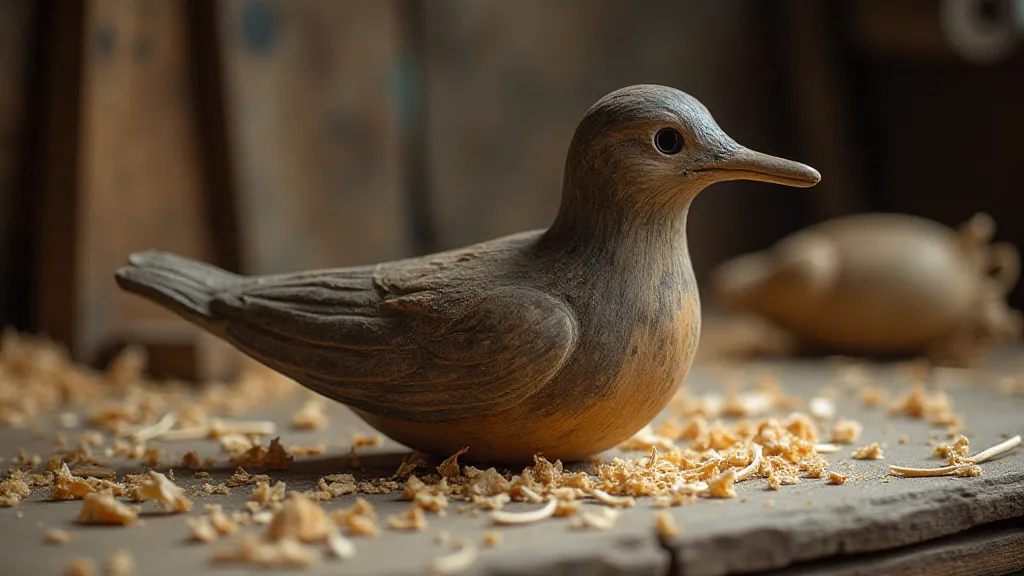
The Decline and the Resilience
The rise of mass-produced goods in the 20th century dealt a significant blow to many traditional crafts, and penknife whittling wasn’t immune. Why spend hours carving a wooden toy when a plastic one could be bought for a fraction of the cost? The appeal of instant gratification overshadowed the satisfaction derived from the slow, deliberate process of creation. Many of the skills were passed down verbally and through observation, and as generations moved away from rural communities and embraced more modern lifestyles, those skills were often lost or forgotten. There were periods where it seemed that penknife whittling would simply fade away, a forgotten footnote in the history of folk art. The very act of creation, the focused intent required, can be incredibly meditative; it's a doorway to the rhythm of release that many modern lives desperately need.
My grandfather, a quiet man of few words, was one of those who kept the flame alive. I remember as a young boy, sitting at his feet, mesmerized as he transformed a humble piece of basswood into a whimsical little figure. He never explicitly taught me; he simply whittled, allowing me to observe and absorb his techniques. The scent of the wood, the rhythmic tap of the knife, the quiet concentration – these are the memories that remain etched in my mind. He rarely spoke of it as a "craft"; it was just something he *did*. A way to connect with his own father, who had taught him the basics. It became clear to me later, that he was quietly ensuring the legacy continued.
Passing on the Weight
The resurgence of interest in handcrafted items, a yearning for authenticity in a world dominated by the mass-produced, has breathed new life into penknife whittling. Today, there’s a vibrant online community of carvers, sharing tips, patterns, and encouragement. However, the real challenge remains: how to ensure that this knowledge doesn't simply become a hobby for a select few, but rather a living tradition passed down through generations. The appreciation of imperfection, of the beauty found in the slightly crooked line or the unexpected knot, is part of the process - embracing the beauty of wabi-sabi in wood carving strengthens the connection to the material and to the lineage of those who came before.
It's not enough to simply hand a child a knife and a piece of wood. It requires patience, guidance, and a willingness to share not just the technical skills, but also the understanding of the history and the values that underpin the craft. It’s about transmitting a sense of respect for the material, an appreciation for the slow, deliberate process, and a connection to the artisans who came before. Teaching isn't about creating mini-mes, but rather nurturing a sense of creativity and ingenuity.
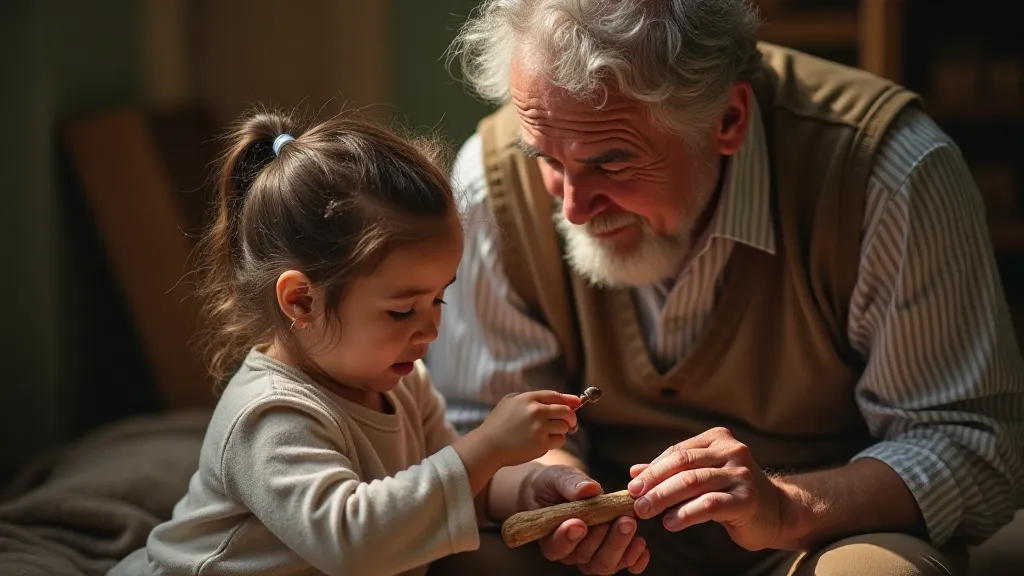
More Than Skill – A Mindset
Restoration, in the context of penknife whittling, takes on a different meaning. It's not about repairing broken objects, but about restoring a way of being – a mindful connection to the world around us. Collecting antique penknives isn’t just about acquiring pretty tools; it’s about holding history in your hand, feeling the imprint of the artisan who wielded it before you. The wear patterns on the handles, the subtle imperfections in the blades – these are the stories of countless hours spent shaping wood. Each grain, each subtle curve, whispers of the past and embodies the narrative found within the knot. A deeper understanding allows us to appreciate the story embedded within each piece.
The modern world constantly demands our attention, pulling us in a million different directions. Penknife whittling offers a sanctuary, a moment of quiet contemplation. The repetitive motion, the focus required to avoid injury, the slow unfolding of the form – these are all acts of mindfulness. And in that quiet space, we can reconnect with our creativity, our resourcefulness, and our connection to the past. The transformation of the raw material is truly an alchemy of transformation - a process that transcends mere carving.
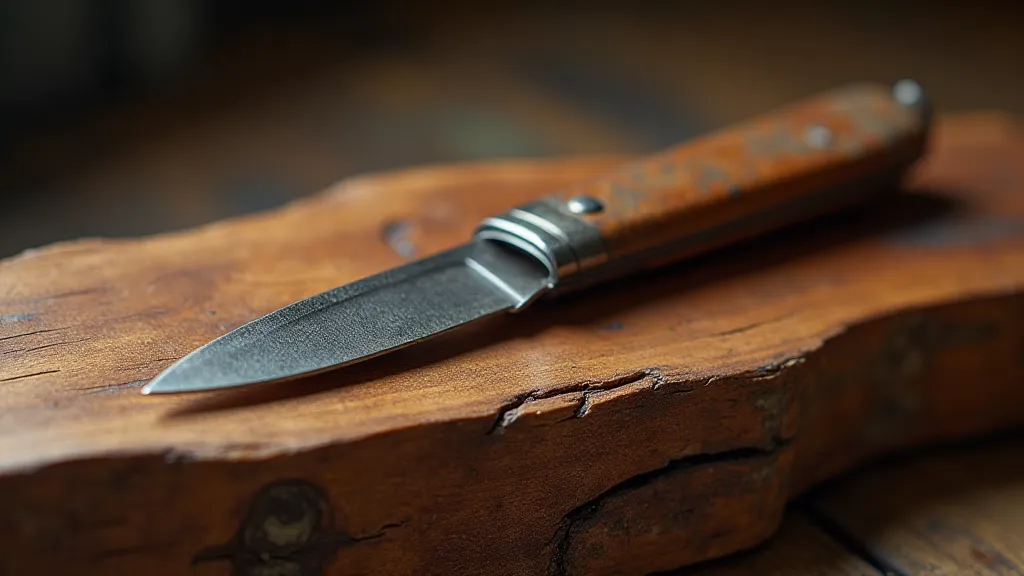
The Future of the Craft
The weight of legacy isn't a burden, but a privilege. It’s a reminder that we are part of a larger story, a continuous thread of creativity and craftsmanship that stretches back centuries. By embracing that legacy, by sharing our knowledge and skills with the next generation, we can ensure that the art of penknife whittling not only survives, but thrives. It's a small act, perhaps, but one that carries a profound significance - the preservation of a cultural heritage, and the passing on of a way of being. The tools themselves become conduits to the past, each nick and scratch a testament to the dedication and skill of generations past. Understanding the history of these instruments, and the tradition they represent, elevates the practice beyond mere hobbyism, transforming it into a profound connection to human ingenuity and resilience.
Looking ahead, the future of penknife whittling hinges on several key factors. Increased accessibility to education and resources is vital. This means not only sharing practical skills but also fostering a deeper understanding of the historical and cultural context surrounding the craft. Online platforms and communities play a crucial role in this dissemination, allowing for instant connection and shared learning experiences across geographical boundaries. However, it’s equally important to cultivate a sense of mindful engagement, encouraging carvers to slow down, appreciate the process, and respect the material they are working with.
Furthermore, sustainable practices should be prioritized. Choosing responsibly sourced wood and minimizing waste are essential for ensuring the longevity of the craft. Exploring alternative materials and techniques can also open up new creative avenues while remaining true to the core values of resourcefulness and ingenuity.
Ultimately, the weight of legacy isn’t about replicating the past, but about honoring it and building upon it. It’s about embracing the spirit of innovation while staying grounded in the traditions that have sustained the craft for generations. As we pass the knife and wood to the next generation, let us also pass on a sense of responsibility, respect, and a deep appreciation for the power of human creativity to shape not only the material world, but also our own lives.
The continued existence of penknife whittling is more than just the preservation of a craft; it's a testament to the enduring human need to create, connect, and find meaning in the simple act of shaping the world around us. It is a legacy worth preserving, and a privilege to pass on.



